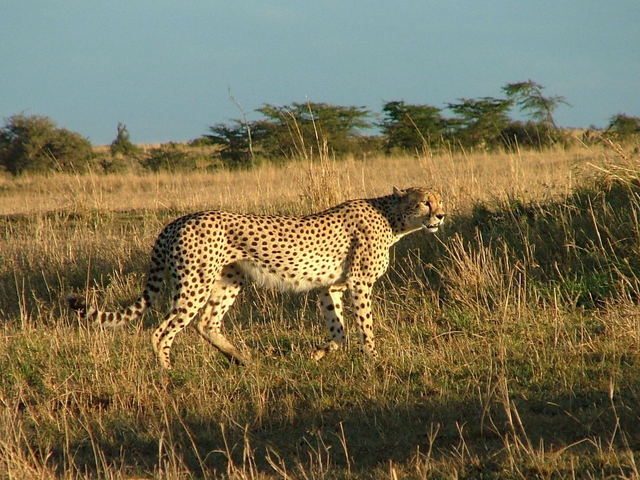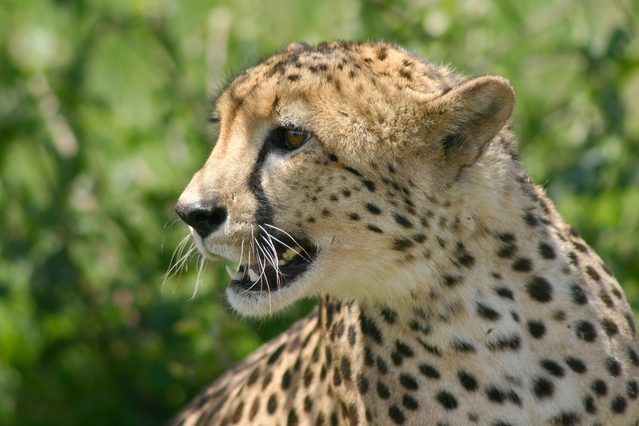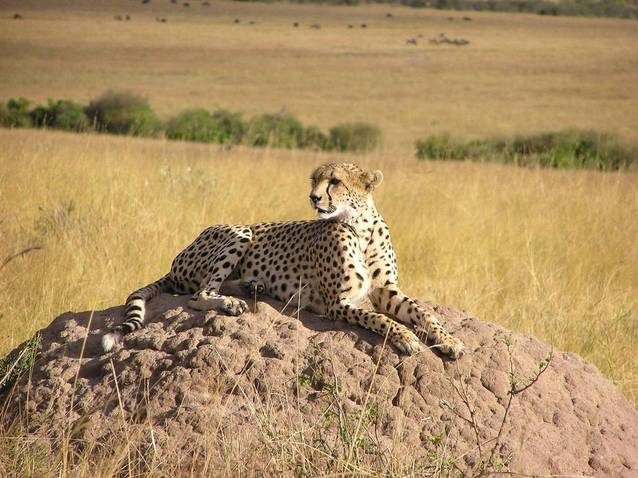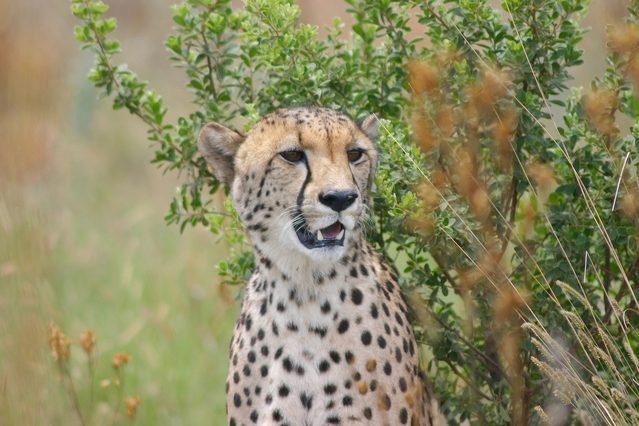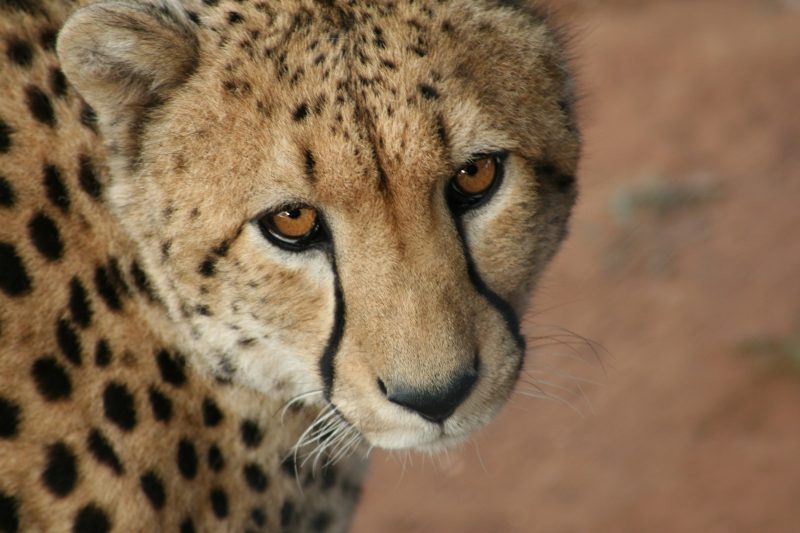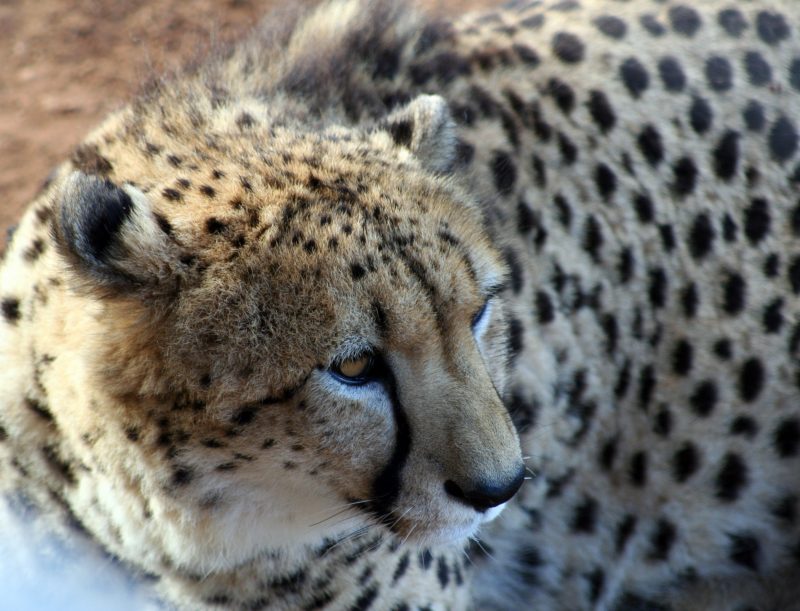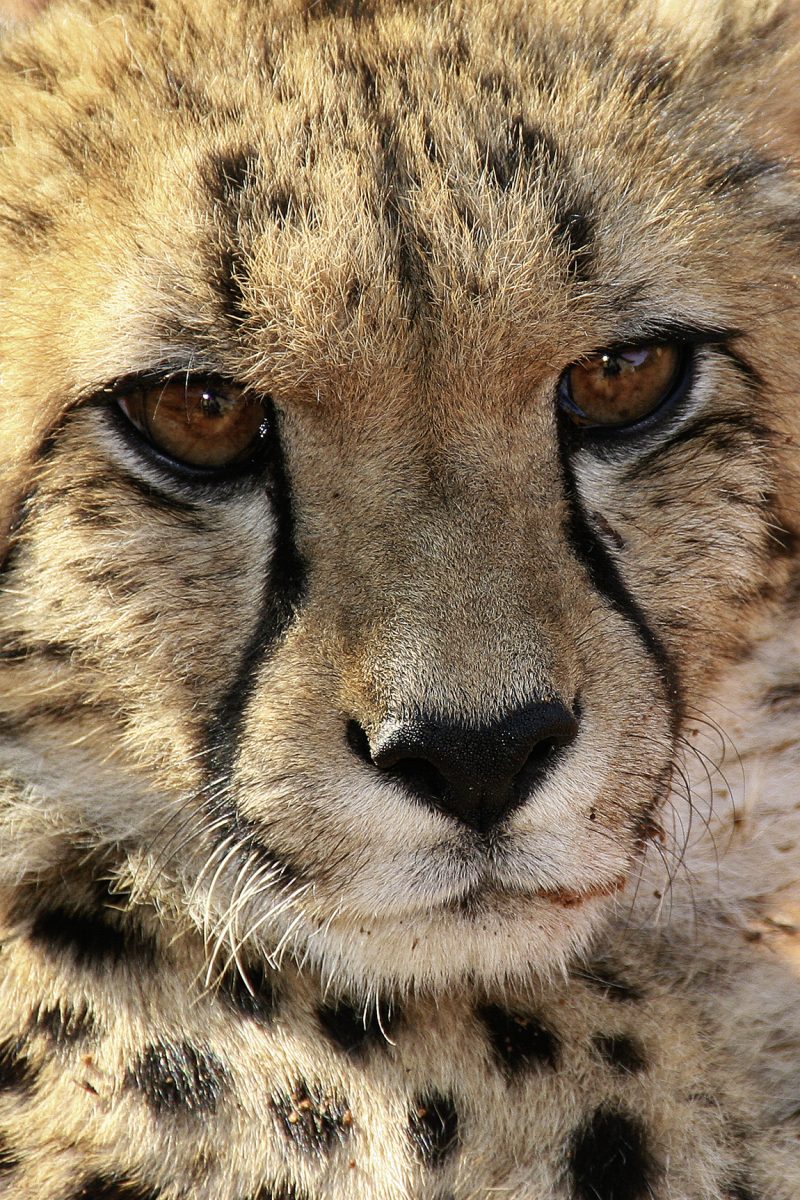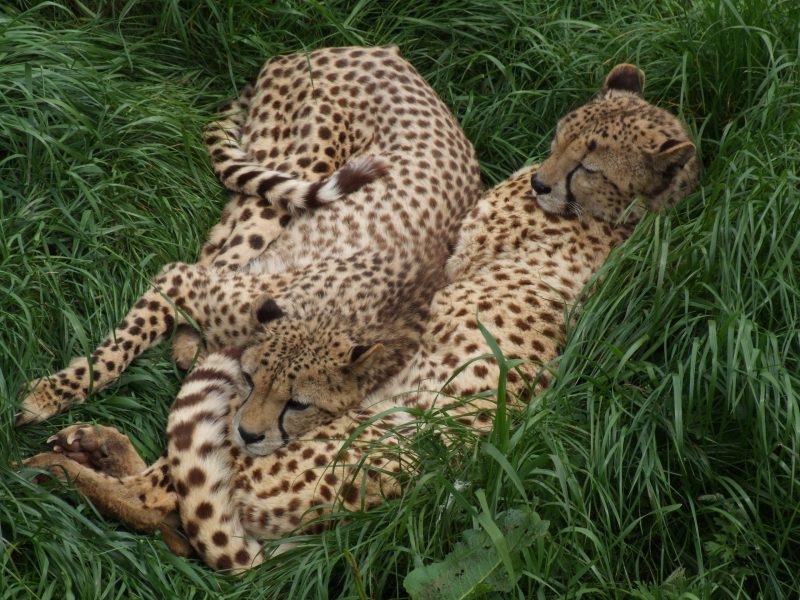Wild Notes About Cheetahs In Kenya
The cheetah is known as the world’s fastest land animal. People have repeated this fact very often but seldom appreciated it. The oldest species of the fat cats have been in existence and have evolved for around four million years. This large, powerful and the most beautiful carnivorous feline is undoubtedly a marvel of evolution.
Cheetah is not considered to belong to the ‘big cat’ family because they cannot roar due to the absence of hyoid bone in its throat. But it does belong to the Felidae family and is a close relative to bobcats, pumas, and lynxes. Therefore, it is referred to as a Lesser Cat, the greyhound of cats and is the only member of the genus, Acinonyx. Cheetahs have come a long way not only in its evolutionary track but also in the way human beings treated cheetahs in the past and in recent history and the effect human intervention has had on the animal’s survival.
In ancient times
There are records to suggest that despite their fierce appearance, emperors and royalty once kept cheetahs as pets. They have also been pets to such historical figures as Akbar the Great and Genghis Khan of Mogul Emperor. Rumor has it that Akbar the Great had a vast collection of over 6,000 cheetahs in his palatial court. In Libya, during the kingdom era, and in Asia, before the Assyrian Dynasty, people used cheetahs for hunting sports. This treatment and usage of cheetahs may have something to do with the fact that by far, out of all the exotic cats, the cheetah has been considered the easiest to tame and coach. It was the Sumerians who first tamed the cheetahs and kept them in captivity for around 5,000 years. Villagers in the 16th century used to domesticate, train and use them to hunt for food.
In modern times
Fast forward to recent days, and we get a very bleak picture of cheetahs with a disappointing long term prognosis. The average lifespan of this sleek and beautiful cat is around 12 years in captivity and far lesser in the wild due to the unavailability of food and land as well as the dangerous threat brought on by poachers and ranchers. But when it comes to breeding, studies have proven that it fares much better in the wild than in captivity. There are only about 15,000 of these graceful animals remaining in the African wild game parks, according to the Wildlife Conservation Society, and their future remains uncertain. Out of that small number, one tenth of them live in captivity in the zoos, museums and conservation centers.
Natural habitat range
Cheetahs roam around mostly in partially open grassy savannah plains, grasslands, scrub forests, semi-arid deserts and sometimes even mountainous terrain. They like vast dry grasslands where they have enough room to chase and kill their prey. They need plenty of areas to run after their prey. The semi-desert and open land of grasslands better accommodate its way of hunting. They prefer running rather than use the stalk-and-pounce method while hunting. They rely on tall grasses in the savannah plains for camouflage while stalking the targeted prey. Hence, they mostly hang around in areas that have dense vegetation and where they can quickly locate their food.
Most distinguishable feature
The cheetah is tall and elegant in appearance and is a distinct member of the cat family. As one of the trademark features, the cheetah has short and coarse fur that is tan, gold or yellow with solid round black spots averaging .75” to 1.5” in diameter all over its body. The spotted coat helps it blend with the natural environment so that it can stay hidden. Interestingly, the cheetah pelt is coarse and rough and not smooth and silky as it appears to be. And the shade of color towards the belly, abdomen, and throat is creamy and white with no spots.
Apart from the spotted coat, the most important feature that makes the cheetah easily recognizable from the other famous big cats is the distinctive black stripes, which are tear shaped. They stretch from its eye’s corner to the side of its nose all the way down to the outside of its mouth. The stripes keep the animal from being blinded by the sunlight and help it focus on its prey as they act as a rifle scope.
Sounds to communicate
Roaring is a signature sound of almost all the cats, but cheetah is the only big feline cat that cannot roar. Instead, it vocalizes through a loud purr much the same way as a household cat. However, just because it does not roar like the other wild cats does not mean that cheetah is not a vocal animal. Quite contrarily, it can mimic some calls of the birds, by displaying a chirping sound known as “chirrup.” It makes this unique bird sound when something excites them or when calling their cubs. This high-pitched yelp reaches many miles. Any bird that hears these imitating sounds and falls for this deceiving call also falls prey to the cheetah.
Fascinatingly, besides the bird sounds, cheetahs communicate in many other different ways too. Some of these are through the common animal language such as bleats, barks, growls, and hisses. Another non-verbal and action based way of the passing of messages is through marking. It marks its territory so that it can better avoid one another by urinating, licking or by chin and cheek rubbing. Apparently, saliva contains the same chemical information as does the urine.
A fun fact about cheetah is that the name cheetah comes from the word ‘chita,’ which in Hinduism means the spotted one. Another amusing fact is that in the past, it swam oceans but it does not like to, and much prefer living on land. And there is much more intriguing information about the way of life of cheetahs in the wild. A wildlife safari in Kenya is the best way to witness them.
5 Frequently Asked Questions About Cheetahs
To receive a colourful digibook about cheetah with videos, images and text, please fill out the following form or simply email us on safaris@safari-center.com

